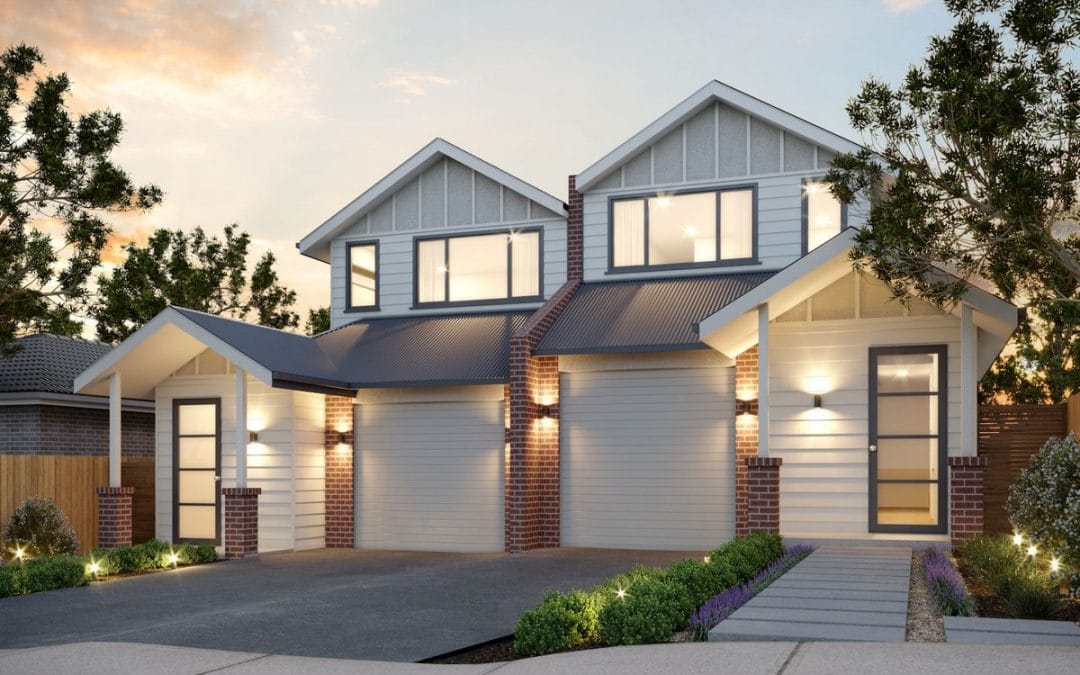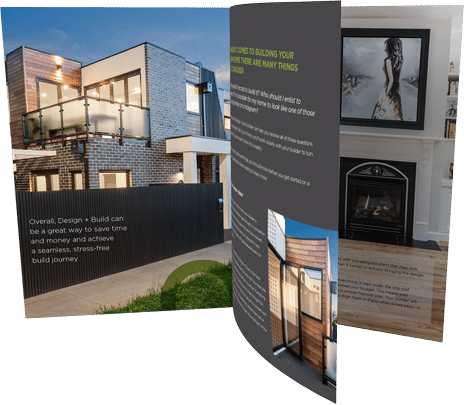What to know before undertaking a multi-unit development
Undertaking a property development can be a strategy for success – or a stressful experience that leaves you with a bad taste in your mouth and a big hole in your wallet.
In our experience, too many novice developers bite off more than they can chew too quickly
While they might chew like crazy, the financial ramifications can be severe if they don’t really know what they’re doing.
This is especially true when attempting a multi-unit development.
Don’t get us wrong – done right, these projects can be lucrative – but you must understand all of the essential elements before you begin.
The trouble with finance
Many novice developers struggle to obtain proper funding for the purchase of their development property and later for construction finance.
The consequences of getting this wrong can be huge.
It’s vital to understand that most banks will only lend up to 80 % on residential developments.
Four units or more can be classified as a commercial project, which is an important factor to consider when working out if you can finance your project.
You also must be aware that all lenders will only finance 60 % of your construction costs if you plan to take on the project as an owner/builder.
Do you have the 40 % of funds to cover the entire cost of the construction?
In our experience, most beginning developers would struggle to come up with that sort of cash.
When considering your loan application, lenders may also consider:
-
Is there an ongoing income that will service the debt? Lenders may ask for presales/preleases that will confirm the debt will be retired to an acceptable level.
-
Lenders may ask for financials of the builders behind the project to confirm they have the capacity to undertake the project and won’t go broke halfway through.
It’s imperative that you take finance into account before you purchase a development site.
You should approach your lending institution for an indication of their requirements as well as their fees and charges. Not undertaking due diligence at the feasibility stage is hugely risky and has the ability to wipe out financially.
Your feasibility should include items such as the cost of the land, including stamp duty, other government charges, legal costs, costs to settle and all of the costs associated with the development – including holding costs.
You must understand town planning and design
Novice developers often try to cut financial corners to make their projects “viable”.
The end result, of course, is that the project quickly becomes financially unstuck.
It’s vital that you don’t skimp on planning and design because they are crucial elements of any development.
It’s also a great idea to run your initial designs or sketch plan past a specialist builder before finalising your working drawings.
The builder may suggest small changes to your design that may improve the building process and save you money in the lon g run.
Price should not be the only factor when choosing an architect.
In our experience, you will get 20 times back on what you might “save” by having a poorly designed development in end value.
Did you know that your design will have the highest impact on your build costs and your end sales value?
The relevant authorities (water, power and gas) can also have an impact on your final design.
Legal Point of Discharge (LPD) can really make or break your profit margins and is something that many first-time developers get caught out on if the closest LPD is a few blocks away.
That’s because councils may require all stormwater from the development to be discharged at the LPD.
You can obtain this information by simply applying to the relevant council.
Of course, planning is important because all properties have restrictions.
Most of these can be resolved with the correct information, strategy and advice.
The zoning of the property – for example, Neighbourhood Residential, General Residential, High-Density Residential or Mixed Use – will guide the number of units that can be designed on the site.
Different building types and opportunities can be tested in-line with your market research, which will include the number of units/homes and their respective accommodation.
This information, in turn, will feed into your feasibility and ultimately determine the viability of your site.
If you’re looking to create your own multi-unit development, we can help. Contact Us today!






